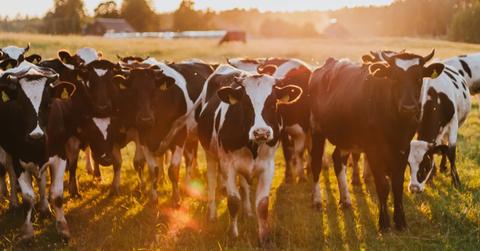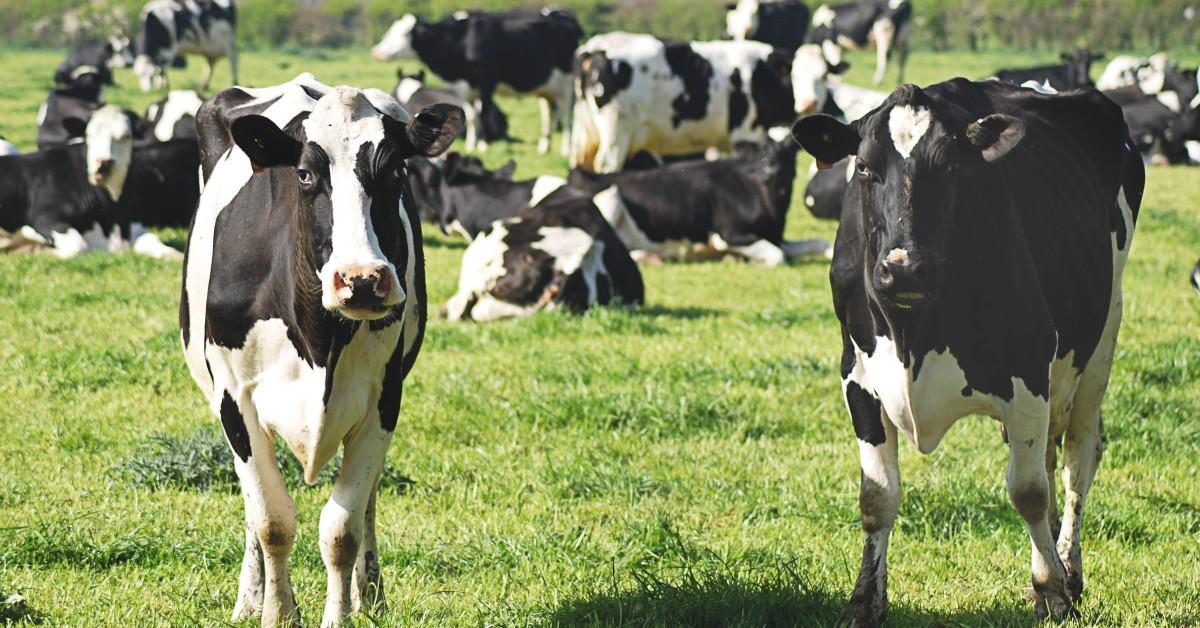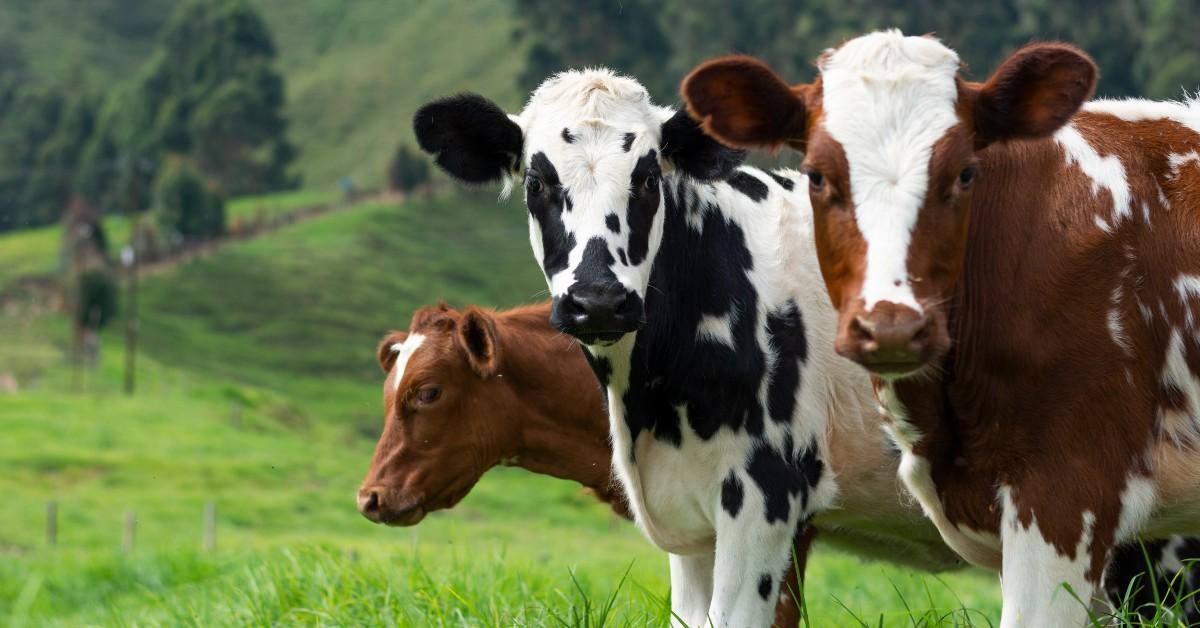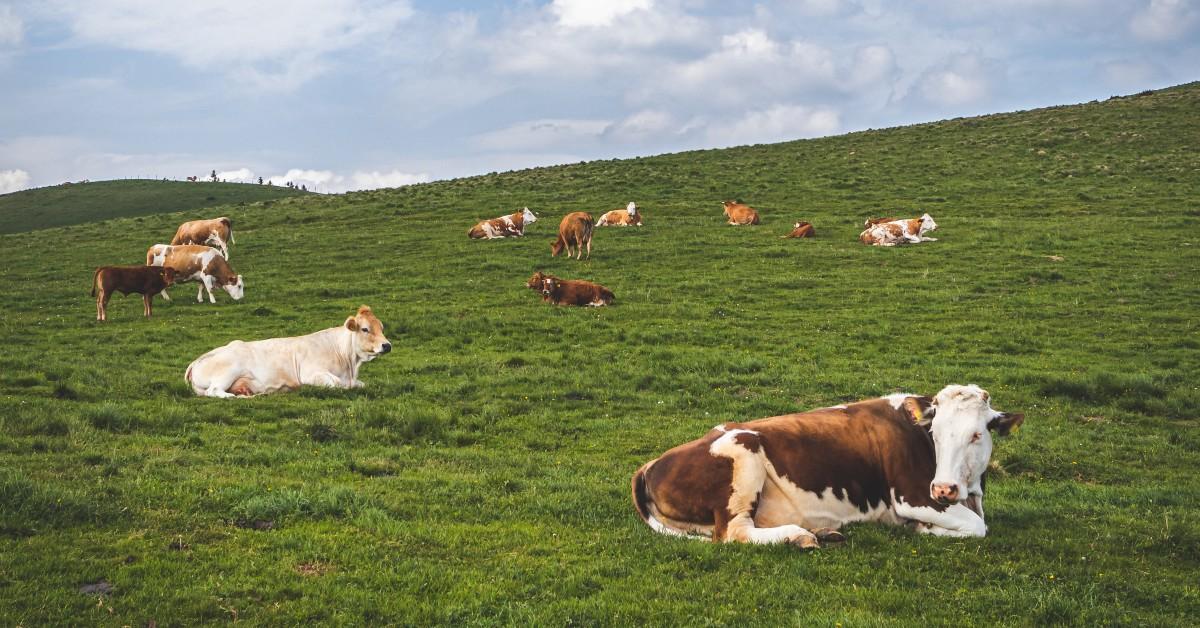Veterinarians Explain 'Perfect Storm' That Killed Thousands Of Kansas Cattle

June 17 2022, Published 3:05 p.m. ET
As shocking as the video is of a herd of cattle lying dead in the Ulysses area of Kansas, veterinarian Tera Barnhardt says it's actually a two-part story.
"You know, of the numbers that people are reading and hearing about, there's a whole lot of cattle we saved,” Barnjardt told KAKE-TV Wichita. “There's a whole lot of cattle that we were able to mitigate risk on and get them cooled off.”
Barnhardt works regularly in the southwest Kansas area with farmers to help take care of feedlot cattle. She says it's not just the recent heat that has been so dangerous to livestock, but rather that heat in combination with several other factors.

"What we had was high temperatures that got above 100 degrees, we had high humidity, it got about 40 percent, and then our wind speed was below 10 miles per hour,” she explained. “And that is very atypical for our area. This was a perfect storm of all three being in what I would say is very much a crisis for cattle that are on feed.”
Another veterinarian, Miles Theurer, who works with 16 feed lots in Kansas, 10 of which were impacted by the extreme conditions, also deemed it a “perfect storm.” At several of his lots, crews worked non-stop to provide extra water and bedding for livestock.

“I hope I never have to see anything like it again,” Theurer said to KSN. “Being out there with the crews, it’s very demoralizing. The sad part was that most of these cattle were nearing the end point of near harvest.”
Fellow veterinarian Jess Shearer pointed to yet another aspect of the perfect storm, the rains that preceded the heatwave. Those rains main the cattle pens muddy, feeding the humidity portion of the weather conditions.

“Recently, what we’ve seen is very high temperatures throughout the day, and the temperatures at night aren’t getting very low,” Shearer explained to KWCH. “When the animals can’t cool off at night, the stress really catches up with them.”



